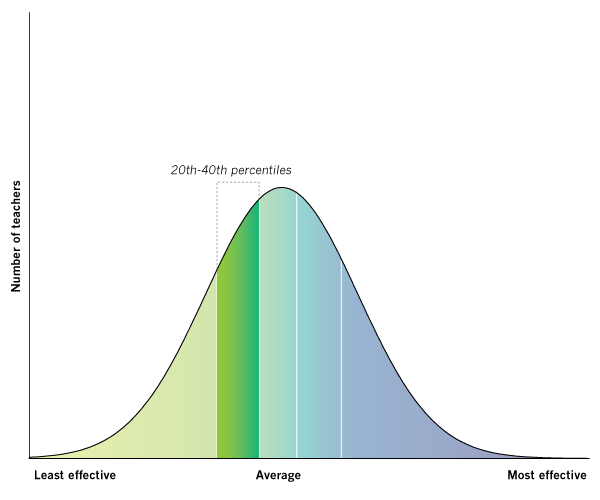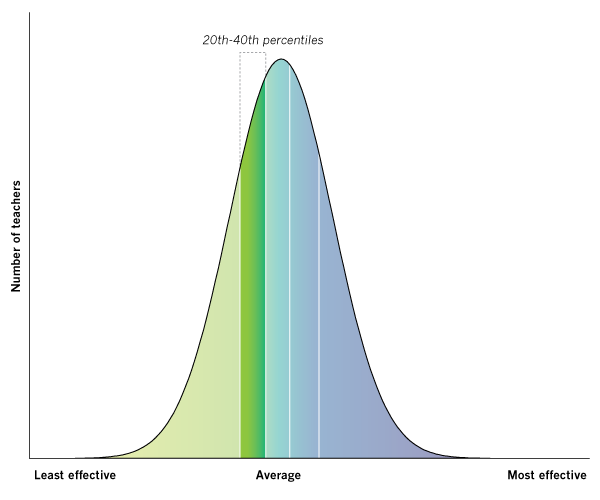Kathryn Ann Argo
A 3rd grade teacher at Dorris Place Elementary in 2008
These graphs show a teacher's "value-added" rating based on his or her students' progress on the California Standards Tests in math and English. The Times’ analysis used all valid student scores available for this teacher from the 2002-03 through 2008-09 academic years. The value-added scores reflect a teacher's effectiveness at raising standardized test scores and, as such, capture only one aspect of a teacher's work.
Compared with other Los Angeles Unified teachers on the value-added measure of test score improvement, Argo ranked:
- Less effective than average overall.
- Less effective than average in math. Students of teachers in this category, on average, lost about 4 percentile points on the California Standards Test compared with other students at their grade level.
- Less effective than average in English. Students of teachers in this category, on average, lost about 3 percentile points on the California Standards Test compared with other students at their grade level.
Argo's LAUSD teaching history
2002-03 through 2008-09 academic years
- Dorris Place Elementary, 2008 - 2005, 2003
Kathryn Argo's Response:

I have always felt that "value added" was one way of looking at data that we failed to do. Generally, in professional development meetings we would compare cadre of students to cadre of students. I would be interested to see my scores for each individual year. During my 6 years at Dorris Place, I taught 4 different grades (5, K, 4, 4, 4, 3) respectively. I welcome the opportunity to learn and grow from these results, and to have discussions about what impact different factors have on scores. For example, how many years have those teachers in the top half of the effectiveness category been teaching that grade level? Are they "forced" to teach Open Court exclusively? What level of proficiency (Far Below Basic, Below Basic, Basic, Proficient, Advanced) are the "effective" teachers' students moving from? Is it easier to move students from one category or the other?
As for my scores, when I taught 5th grade, it was my first year in elementary school. It was a class of thirty, with more than three challenging students. My first year in 4th grade, I had 21/28 ELD students, most being level 1 or 2. There was growth that year. Second year of 4th grade I had 11/28 RSP students. My third year was probably the most successful. In general, 4th grade is difficult for student and teacher as class size goes up from 20 to 30. My 1 year in 3rd grade I taught gifted students. Yes, their scores did go down. For example, several students who earned perfect scores in the 2nd grade (where both sections of the CST are READ to students) missed 1, 2, or 3 questions. By the way, 3rd grade is the first year students read the test on their own.
Given my "defense" above, should I be fired? Or should we as a district look at those who are successful and see what they are doing that works. The scores only indicate that something is going on. What that is requires more than a number and a written explanation for the newspaper.
![]() The Times gave LAUSD elementary school teachers rated in this database the opportunity to preview their value-added evaluations and publicly respond. Some issues raised by teachers may be addressed in the FAQ. Teachers who have not commented may do so by contacting The Times.
The Times gave LAUSD elementary school teachers rated in this database the opportunity to preview their value-added evaluations and publicly respond. Some issues raised by teachers may be addressed in the FAQ. Teachers who have not commented may do so by contacting The Times.
|
|
 Delicious
Delicious
|
 Digg
Digg
|
 Facebook
Facebook
|
 Twitter
Twitter
|









